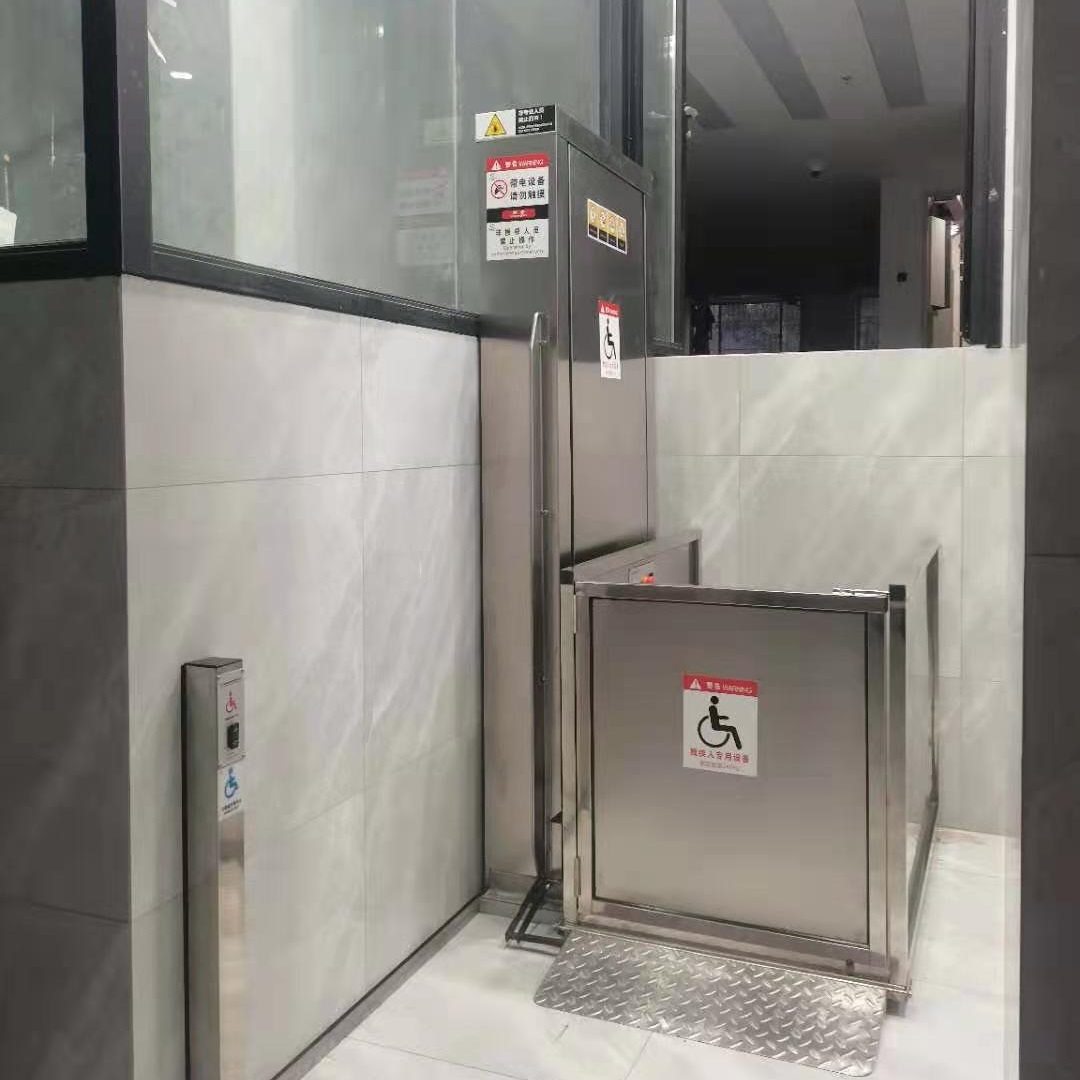1. Different design purposes
Disabled Elevator are designed for wheelchair users, visually impaired people, or stretcher bearers, while ordinary elevators are mainly built for ordinary people to ride, and other elevators are built for the purposes of carrying goods, sightseeing, etc.
2. Different requirements
Disabled Elevator have corresponding requirements for houti depth, button height and net width of elevator door opening. For example, the clear width of the entrance of Disabled Elevator should be more than 0.8m, so as to facilitate the entry and exit of wheelchairs. There are not so many requirements for ordinary elevators. The depth and width of houti can only be convenient for passengers.
3. Different design
Disabled Elevator also need to engrave Braille on the buttons of the elevator. Handrails need to be set inside the elevator, and there must be a reminder of the number of floors when the elevator is running. These matters are not necessary for ordinary elevators. In addition, Disabled Elevator are not allowed to transport goods, but some ordinary elevators can be used as cargo elevators.
What is the difference between Disabled Elevator and ordinary elevators?
There are differences in devices between Disabled Elevator and ordinary elevators. Disabled Elevator do not need manual assistance from the beginning. The elevator and the road are flat. After entering the elevator, there are handles next to the elevator to hold the elevator, but ordinary elevators sometimes have stairs on the high and low road surfaces without handles, which is normal.

